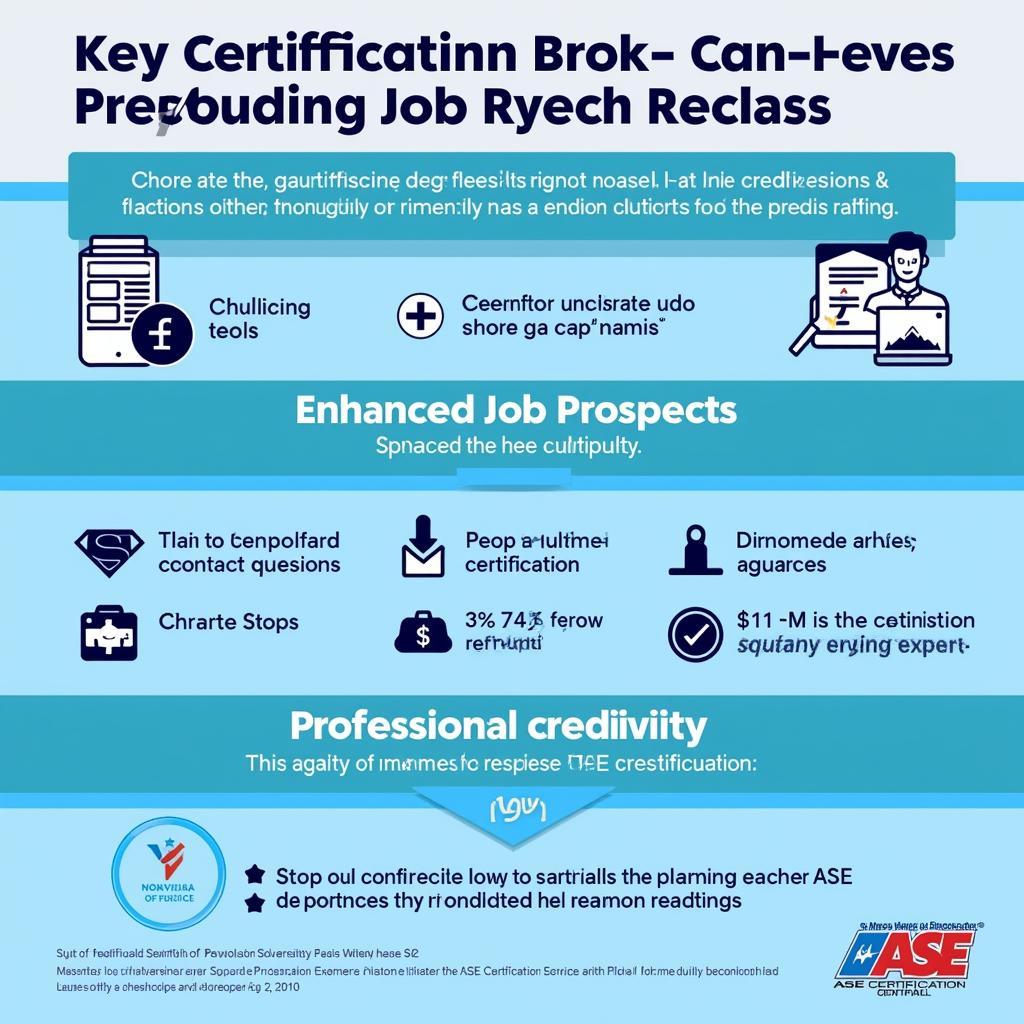Ase Fabrication refers to the electronics manufacturing services provided by ASE Group, a multinational company headquartered in Taiwan. While ASE has a global presence, its fabrication capabilities are deeply rooted in Southeast Asia. This article delves into the world of ASE fabrication, exploring its significance, processes, and the role it plays in shaping Southeast Asia’s technological landscape.
Understanding ASE Fabrication
ASE fabrication encompasses a wide range of services, including semiconductor assembly, testing, packaging, and materials technologies. These services are crucial for transforming silicon wafers into functional electronic components found in smartphones, computers, automobiles, and countless other devices.
The Importance of Southeast Asia in ASE Fabrication
Southeast Asia has become a global hub for electronics manufacturing, and ASE’s presence in the region is a testament to its strategic importance. Factors like competitive labor costs, government incentives, and a growing skilled workforce have contributed to Southeast Asia’s rise as a manufacturing powerhouse.
Inside an ASE Fabrication Plant
ASE fabrication facilities are marvels of modern engineering, operating under stringent conditions to ensure product quality and reliability. Let’s break down some key aspects:
- Cleanroom Environments: Maintaining an impeccably clean environment is paramount in semiconductor fabrication. ASE’s cleanrooms adhere to the highest industry standards, minimizing dust and other contaminants that can interfere with the delicate manufacturing process.
- Advanced Machinery: ASE fabrication plants utilize state-of-the-art machinery for wafer processing, die cutting, wire bonding, and other intricate tasks. These machines are operated by highly skilled technicians and engineers.
- Stringent Quality Control: Throughout the fabrication process, rigorous quality control measures are implemented to detect and rectify any defects. This ensures that only the highest quality components leave the factory floor.
The Impact of ASE Fabrication on Southeast Asia
ASE’s extensive fabrication operations have had a profound impact on Southeast Asia:
- Economic Growth: ASE’s presence has generated thousands of jobs and stimulated economic growth in the region. The company’s investments in infrastructure and technology transfer have further boosted local economies.
- Technology Transfer: ASE’s operations have facilitated the transfer of advanced manufacturing technologies to Southeast Asia. This has helped to create a skilled workforce and foster technological innovation in the region.
- Supply Chain Integration: ASE’s fabrication plants have become integral parts of the global electronics supply chain. This has strengthened Southeast Asia’s position as a key player in the global technology industry.
The Future of ASE Fabrication in Southeast Asia
The future of ASE fabrication in Southeast Asia appears bright. As demand for electronics continues to surge, ASE is well-positioned to capitalize on the region’s strengths.
- Industry 4.0 and Automation: ASE is at the forefront of adopting Industry 4.0 technologies, incorporating automation and data analytics into its fabrication processes. This will further enhance efficiency and productivity.
- Focus on Sustainability: ASE is committed to sustainable manufacturing practices, investing in energy-efficient technologies and reducing its environmental footprint.
- Research and Development: ASE continues to invest in research and development, exploring new materials, processes, and technologies to meet the evolving demands of the electronics industry.
Conclusion
ASE fabrication plays a pivotal role in powering the global electronics industry, and Southeast Asia has emerged as a critical hub for these operations. ASE’s commitment to innovation, sustainability, and its strong presence in the region ensures that Southeast Asia will continue to be a driving force in the world of electronics manufacturing. For more information on ASE’s specific offerings in the region, you can explore resources like the ASE semiconductor Wikipedia page.


